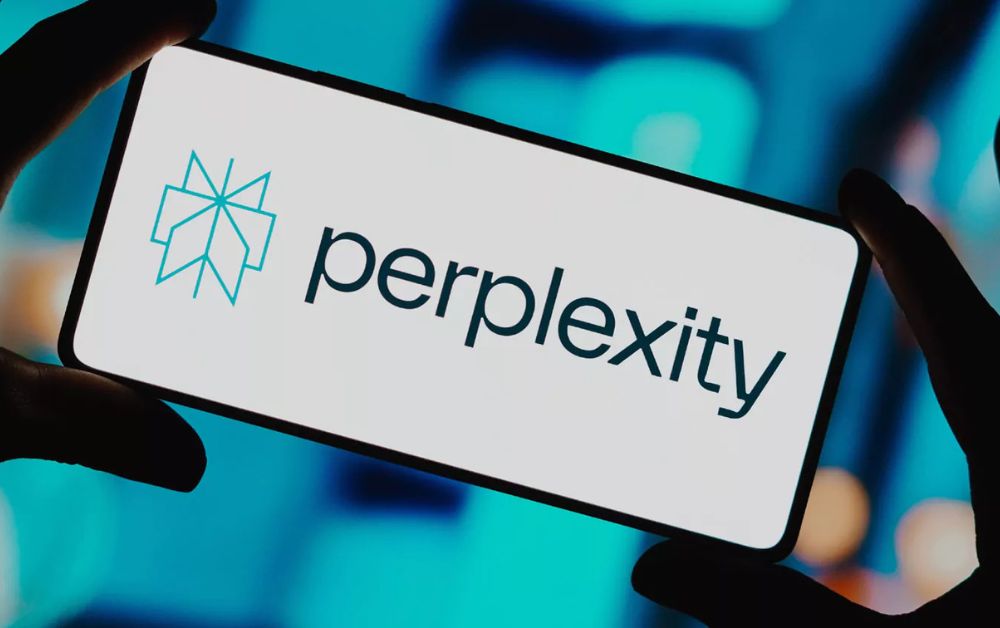

Is Perplexity the Next Big Thing in AI? Here’s Why It’s Blowing Up
Every once in a while, a new tech product captures everyone’s attention — and this time, it’s Perplexity AI. In just a few months, this AI search engine has gone from a niche tool to one of the most talked-about platforms in the tech world.
Scroll through X (formerly Twitter), Reddit, or LinkedIn, and you’ll see creators, developers, and researchers all raving about it. Its user base is growing rapidly, and its clean, ad-free design is a refreshing change from the clutter of traditional search engines.
But the real question people are asking is:
Can Perplexity AI really challenge ChatGPT or even Google Search?
Let’s break down what’s behind this sudden rise — and why Perplexity might just be the next big thing in AI.
What Is Perplexity AI?
At its core, Perplexity AI is an AI-powered conversational search engine. Think of it as a hybrid between Google Search and ChatGPT — it lets you ask questions in natural language and delivers answers that are both conversational and fact-based.
What sets it apart is that Perplexity searches the web in real time and cites its sources right below the response. That means you can verify where its information comes from, something traditional chatbots often fail to show.
Unlike ChatGPT, which relies on pre-trained data, Perplexity pulls live data from the internet, giving you up-to-date answers. And compared to Google, it saves you from clicking through dozens of links — providing instant, summarized insights with credible citations.
In short, it’s Google meets ChatGPT, but faster, cleaner, and more transparent.
Why Perplexity Is Gaining Popularity
The meteoric rise in Perplexity AI’s popularity isn’t just hype — it’s earned. Here’s why people are switching to it in 2025:
- Real-time data access: It searches the web live and brings fresh, relevant answers instantly.
- Clean, ad-free interface: No distractions. No pop-ups. Just straight answers.
- Transparent citations: Every answer includes clickable sources, building trust.
- Speed and accuracy: It delivers well-summarized responses in seconds.
Students use it for research, professionals rely on it for reports, and content creators use it for inspiration. With its mix of AI innovation and real-world usefulness, it’s no wonder Perplexity is topping the charts of best AI tools 2025.
Key Features That Set Perplexity Apart
Here’s what makes Perplexity AI stand out from the crowd:
- Pro Search / Copilot Mode: A premium feature that digs deeper into topics using advanced reasoning.
- Follow-up Questions: Keeps conversations flowing so users can refine their queries naturally.
- API & Plugin Integrations: Connects with other tools and apps to streamline research and productivity.
- Summarization & Referencing Tools: Helps condense long documents or research papers while maintaining proper citations.
These Perplexity AI features make it one of the most efficient AI productivity tools for students, professionals, and researchers who value both speed and accuracy.
Perplexity vs. Other AI Tools
|
Platform
|
Strengths
|
Weaknesses
|
Best For
|
|
Perplexity AI
|
Real-time data, cited sources, clean UI
|
Limited creative writing features
|
Research, learning, quick facts
|
|
ChatGPT
|
Deep conversation, creativity, coding help
|
No live web access (in most free versions)
|
Writing, brainstorming, coding
|
|
Google Search
|
Extensive database, local results
|
Ad-heavy, overwhelming links
|
Broad information search
|
|
Gemini (Google)
|
Advanced reasoning, multimodal AI
|
Still in early access
|
Problem-solving, integrated workflows
|
|
Claude AI
|
Context memory, document analysis
|
Limited data freshness
|
Long-form research, reading PDFs
|
Perplexity blends search and chat in a way no other platform does. It may not yet match ChatGPT’s storytelling depth or Google’s index scale, but as an AI assistant, it hits the sweet spot between efficiency and reliability.
How People Are Using Perplexity AI
Perplexity’s flexibility is what’s driving its mass adoption. Here are some of its most popular use cases in 2025:
AI for Students: Perfect for research, essays, and fact-checking with verified citations.
AI for Writers & Journalists: Helps with content summaries, outlines, and quick reference checks.
AI for Business: Used in market research, competitor analysis, and trend tracking.
AI for Developers: Assists with coding explanations, documentation, and API queries.
AI for Professionals: Speeds up decision-making with quick, data-backed insights.
No matter the field, Perplexity AI use cases continue to grow, making it one of the most versatile AI tools of 2025.
The Future of Perplexity AI
With its rising user base and continuous innovation, experts predict that Perplexity will play a major role in shaping the future of AI search. Its roadmap includes mobile app expansion, smarter contextual learning, and deeper integration with third-party tools like Notion, Slack, and GitHub.
As the competition between ChatGPT, Google Gemini, and Perplexity heats up, users are the real winners — gaining access to faster, more transparent, and intelligent ways to find information.
If current trends continue, Perplexity could easily become the default AI search companion of 2025, redefining how we interact with the web.
The buzz around Perplexity AI isn’t just another tech fad — it’s a glimpse into the next big thing in AI. By combining real-time search, human-like conversation, and trustworthy citations, it bridges the gap between chatbots and search engines.
Whether you’re a student, professional, or business owner, tools like Perplexity are changing how we discover, learn, and create. And as AI evolves, one thing is clear: Perplexity isn’t just blowing up — it’s leading the way.